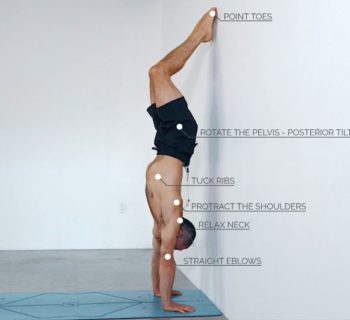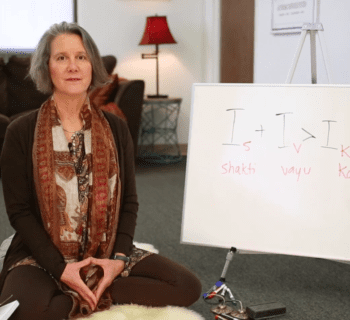“Do you have the patience to wait until your mud settles and the water is clear?” ― Lao Tzu
If you’re looking for a yoga practice that will help you to slow down and de-stress, yin yoga may be perfect for you! It is a relatively new form of yoga that has been gaining popularity in recent years. But what is yin yoga? And what can you expect from a typical yin yoga class? Keep reading to find out!
What is yin yoga?
Yin yoga is a type of slow-paced yoga in which poses are held for longer periods of time. It’s an excellent way to release tension from the body and mind and can be very relaxing.
In a yin practice, the poses are passive. During a class, you will usually find yourself in a series of seated or reclining positions. The goal is to relax into the pose and let gravity do its work. The poses are held for three to five minutes, and sometimes up to 20 minutes.
Yin yoga is a great way to complement your regular yoga practice, or it can be practiced on its own. If you’re new to yoga or looking for a more gentle practice, it may be perfect for you.
Origins of yin yoga
Yin yoga is a relatively new practice, having only been around since the 1970s. It was created by martial arts teacher Paulie Zink, who was looking for a way to balance the Yang energy of his students with the Yin energy of meditation.
The term “yin yoga” is derived from the Chinese Taoist philosophy of yin and yang. Everything in the universe is made up of these two opposing but complementary forces. Yin is the passive, feminine principle, while yang is the active, masculine principle. In yin yoga, we seek to balance the two energies by spending more time in passive poses (yin) and less time in active poses (yang).
What are the benefits of yin yoga?
It can have a number of benefits for your mind and body. In addition to promoting flexibility, yin yoga can also help improve your range of motion, increase circulation, reduce stress levels, and encourage mindfulness.
It is a restorative and therapeutic form of yoga that can be beneficial for connective tissue. The long-held, passive poses help to lengthen and release tightness in the muscles, tendons, and ligaments. This type of yoga can be particularly helpful for those who are dealing with injuries or chronic pain. Yin yoga can also be a great way to reduce stress and promote relaxation.
Additionally, because poses are typically held for longer periods of time than other types of yoga, it can also help to improve your focus and concentration.
Who is it good for?
It is good for people who are looking to improve their flexibility and range of motion. It is also good for people who want to reduce stress and anxiety levels.
One of the things that makes it so special is that it can be practiced by people of all ages and levels of experience. Whether you’re a beginner or a seasoned yogi.
When is the best time to practice?
You can practice anytime, but the best time to practice is at night, before bedtime. This will help you wind down and prepare for a good night’s sleep. Yin yoga can also be practiced in the morning, to start your day with a calm and relaxed mind.
What to expect from a class?
You can expect to spend more time in each pose than in a traditional vinyasa class. Poses are usually held for three to five minutes, or even longer. The goal is not to push your body to its limits but rather to relax and release the deep connective tissues around the joints.
In yin classes, many props are used, like blankets, bolsters, and blocks, to support the body in each pose. This allows you to completely relax into the position and focus on your breath.
The main principles to remember about yin yoga are to relax and let go. Breathe deeply and slowly, and trust that the pose will do its work. Try not to force your body into any position, but rather find a comfortable place where you can surrender and be at ease.
Watch this class with Anamargret Sanchez to experience yin yoga for yourself.
Start your Omstars membership today to get expert guidance for your at-home yoga practice.
Photo by Colton Sturgeon on Unsplash










